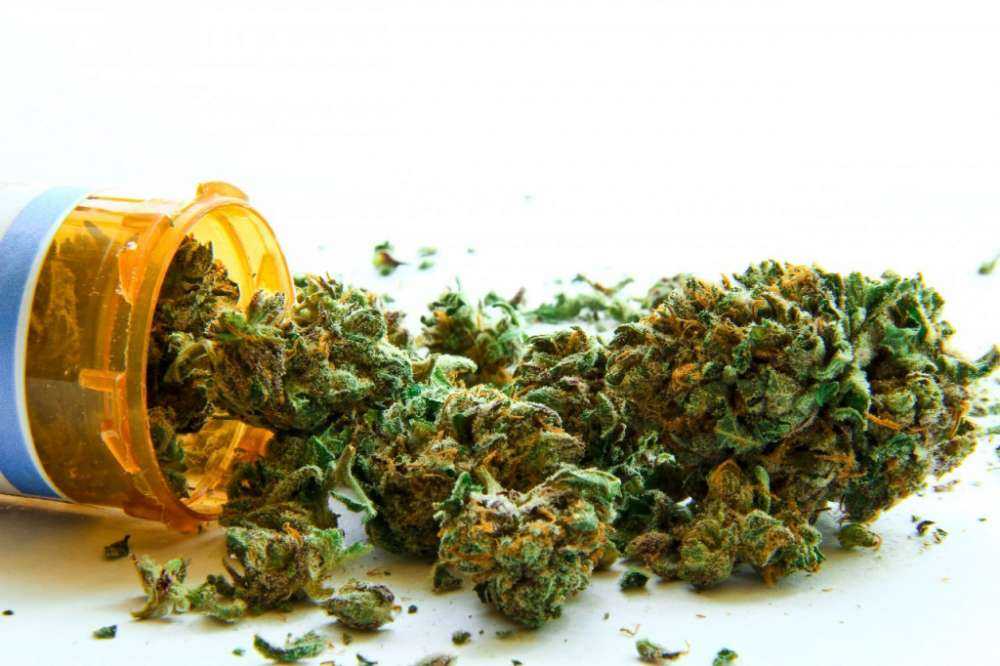on
BY MICHELLE SMITH
In recent weeks medical Marijuana has been trending as a big discussion, especially with most recent talks by Ontario Premier Kathleen Wynne saying it “makes a lot of sense” to use the LCBO to sell marijuana after the federal government legalizes sale of the drug. At this point, marijuana is legal for medical use in Canada. To legalize or not to legalize, that has been the question. The marijuana plant contains chemicals that may help treat a range of illnesses or symptoms. The two main chemicals in Marijuana, Δ9-tetrahydrocannabinol (THC) and cannabidiol (CBD) and for medical purposes different percentages of both TCH and CBD will be used.
As opposed to street Weed there is no control over what chemicals are used in the marijuana, which is what the concern is all about regarding legalizing marijuana. Be aware that all cannabinoids (THC, CBD and beyond) have a medical benefit and it’s important to research which strains contain which levels of cannabinoids and what cannabinoids are best suited for the particular conditions you are trying to treat.
There has always been myths regarding Marijuana and mental illness, however what many don’t understand is that the use of any street drugs can cause an increased occurrence of mental illness. For that reason it is pretty good advice that if you have risk factors for mental illness, you should be careful about using recreational drugs.
The law and medical marijuana isn’t always so easy and straightforward. We rely on the regulations set by the Government of Canada to guide us. The best and most accurate information can be found in Health Canada’s Law Enforcement Issues.
If you are a Canadian citizen, you can legally obtain your medication by registering your medical document with a Licensed Producer that is authorized by Health Canada’s Medical for Marijuana Purposes Regulations (MMPR). Thousands of Canadians are federally licensed to possess and use medical marijuana. Medical marijuana is a proven safe, virtually side effect-free alternative to all pharmaceuticals. The only way to legally protect yourself is through Health Canada’s Marijuana for Medical Purpose Regulations (MMPR) which came into effect on March 31, 2014. For the steps required to transition to the new MMPR visit http://www.hc-sc.gc.ca/dhp-mps/marihuana/access-acceder-eng.php. The MMPR treats marijuana as much as possible like any other narcotic used for medical purposes by creating conditions for a new, commercial industry that is responsible for its production and distribution. According to Health Canada, the regulations will provide access to quality-controlled marijuana for medical purposes, produced under secure and sanitary conditions, to those Canadians who need it, while strengthening the safety of Canadian communities. In addition, the new regulations will also enable more choices of marijuana strains and licensed, commercial suppliers.”
One of the common myths about medical marijuana is that it has to be smoked, however vaporization has become recognized as the safest and most effective medical cannabis delivery method currently available. Vaporization is different from smoking as it is achieved by heating the cannabis to a temperature that vaporizes, but does not burn the cannabinoids, virtually eliminating the health risks associated with smoking. Cannabis indica, cannabis sativa, cannabis americanus, Indian hemp and marijuana (or marihuana) all refer to the same plant.
Cannabis is used throughout the world for diverse purposes and has a long history including many therapeutic properties that has been known to help many. Medical marijuana users claim the drug helps relieve pain and suppress nausea – the two main reasons it’s often used to relieve the side effects of chemotherapy. According to Health Canada, evidence suggests that medical marijuana may be useful in some of the following therapeutic situations: Palliative Care, cancer, chronic pain, nausea and vomiting, wasting syndrome, loss of appetite, anorexia nervosa, attention deficit hyperactivity disorder (ADHD), multiple sclerosis, post-traumatic stress disorder (PTSD), ALS, epilepsy, fibromyalgia, arthritis (RA or OA), glaucoma, insomnia, anxiety and depression, inflammatory bowel disease and HIV/AIDS.
There is no specific medical requirement for patients to possess marijuana for medical purposes, but new guidelines for doctors advises that the patients be over twenty five years of age. However, in view of the fact that use of marijuana for other than medical purposes is prohibited under Canadian Federal law, all patients who wish to be legal medical users must be able to present documented evidence of a medical condition which warrants use of marijuana. Under the regulations, the patient must consult with a prescribed healthcare practitioner (i.e., a physician or a qualified nurse practitioner) and obtain a signed “medical document,” which is similar to a prescription. The patient can then get the marijuana by submitting the medical document directly to a licensed commercial producer.
This has been watching out for your health, you are the most important part of your health care team. Knowledge is required to help you make the most informed decisions about your health.
Stay in the loop with exclusive news, stories, and insights—delivered straight to your inbox. No fluff, just real content that matters. Sign up today!
New Years Workouts












